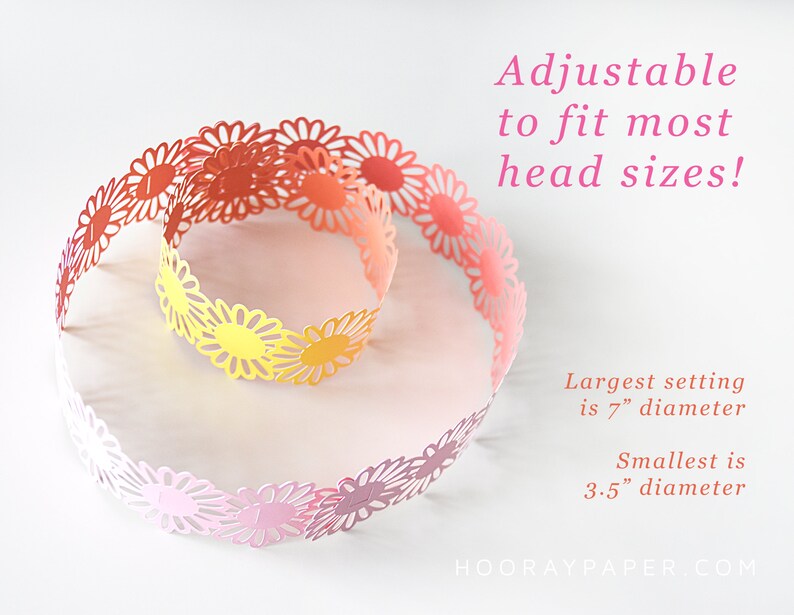


There has never been a system of hallmarking in America.LOS ANGELES, Ap(GLOBE NEWSWIRE) - Crown Electrokinetics Corp. ( NASDAQ: CRKN) ("Crown" or the "Company"), a leading smart glass technology company and an expert in both designing and installing distributed antenna systems (DAS) and constructing fiber optic networks, has released a letter to its shareholders. NAWCC Watch & Clock Bulletin article November/December 2014. Swiss watch cases were required to be assayed and hallmarked from 1880 but the identities of Swiss watch case makers are poorly documented before 1925, after that date all Swiss gold watch cases had to be stamped with a mark that identifies the maker. Gold and silver watch cases submitted for hallmarking at a British assay office had first to be stamped with a mark identifying the person taking responsibility for the work, using a punch that had been previously registered at the assay office. But please remember that an entry of, for example, "1914" really means 1914 to 1915. This is not noted in most tables of hallmarks, which only show the year when the punch was first used.

At first this was called the "assayer's mark" but is now commonly known as the date letter.īecause the date letter punches were changed when new wardens were elected each year, which took place part way through the year, hallmark date letters span two calendar years. A system of variable letters, changed each year when new wardens were elected, was introduced to identify when, and therefore by whom, an item had been assayed. In 1478 the first permanent assayer was appointed and items had to be taken to Goldsmiths' Hall to be assayed and marked, the origin of the term "hallmarking". At first the wardens of the Goldsmiths' company would visit guild members workshops and stamp their work with the mark of the leopard's head. The testing (assay) and hallmarking of gold and silver items in Britain goes back to the year 1300. If you want to identify a trademark, an invaluable resource is Mikrolisk. I don't make any attempt here to cover manufacturer's trademarks. There is a lot of information on this page and I know it can be difficult to take it all in if you are struggling to understand the hallmarks in your watch case please ask me for help via my contact me page. Different date letter punch shapes were often used on items made from gold, and after 1907 sometimes on imported gold and silver items.

Make sure that you get a 2014 or later edition, because only those contain correct information about British import hallmarks applied to watch cases.īe aware that most published tables of British hallmark date letters are only for British made sterling silver items. If you want to get a book about British hallmarking, Bradbury's Book of Hallmarks published by the Sheffield Assay Office is a long established reference. You are then directed to another page with more detailed information. This page helps you to make a start on reading the hallmarks in your watch case by identifying in which country it was assayed and hallmarked. In addition to the fineness, hallmarks show where and when an item was hallmarked, and under whose name it was submitted. The fineness of the metal is tested to make sure it meets legal requirements, and then it can be stamped with a hallmark. Other assay offices were later opened in centres where goldsmiths worked. Precious metal (gold and silver, and more recently platinum) objects have by law been tested and marked in England since at least the year 1300, and since 1478 had to be taken to Goldsmiths' Hall in London, from which the term “hallmarking” originate. Not all marks on watch cases are hallmarks! For instance, a mark could be a be manufacturer's trademark, and there are is no such thing as an American hallmark. A hallmark is a legally mandated mark applied by an independent testing authority that shows the fineness of precious metal gold, silver or platinum. This page is principally about hallmarking.


 0 kommentar(er)
0 kommentar(er)
